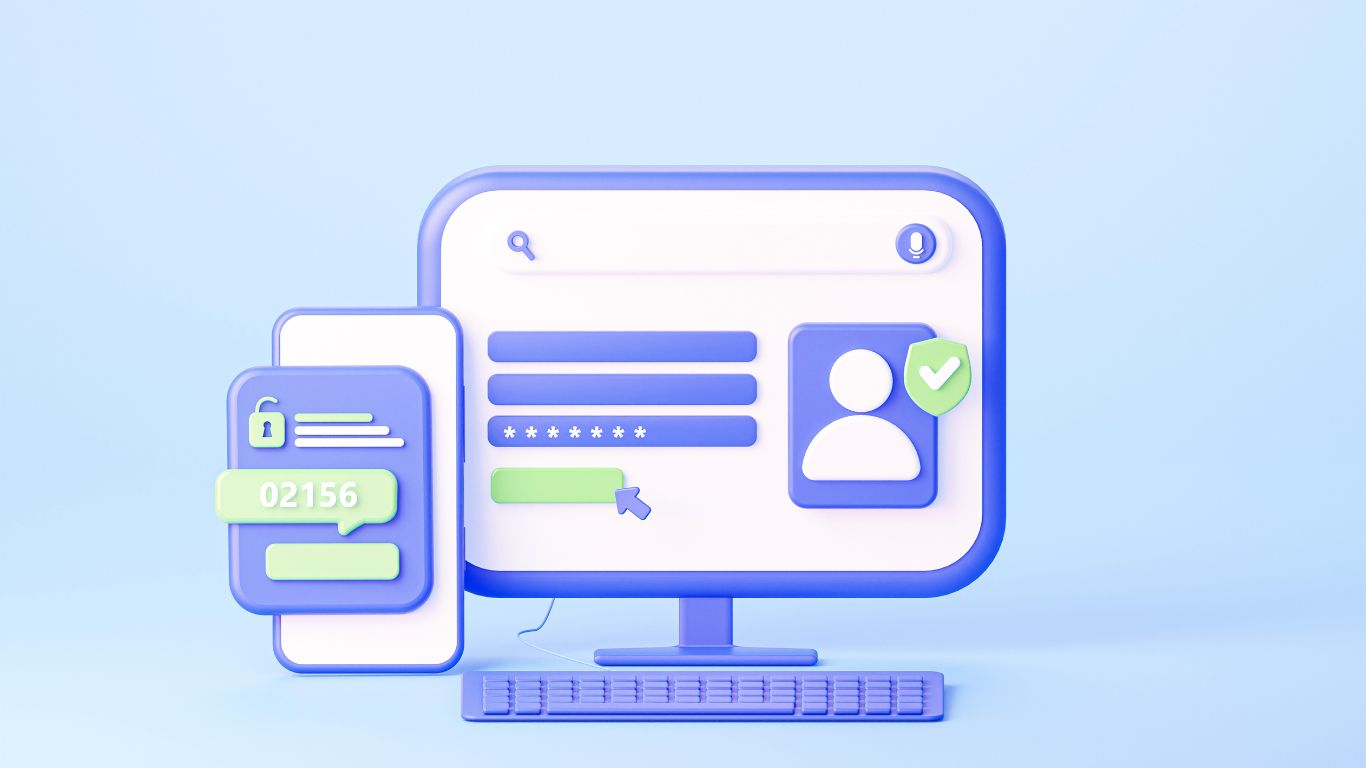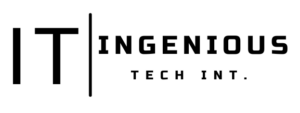key takeaways
Be vigilant and proactive in protecting your personal information from identity theft, as the consequences can be severe and far-reaching.
Identity theft comes in various forms, including financial, medical, and criminal. Understanding these threats is crucial for prevention.
Employ strong passwords, enable two-factor authentication, and keep your devices and software updated to fortify your online defenses.
Educate yourself and your family about online safety and the risks of identity theft. Foster open communication and share resources.
In case of identity theft, know the steps for recovery, from reporting the theft to rebuilding your identity and credit. Legal protections are also available.
In today’s digital age, where our lives are intertwined with the internet, the threat of identity theft looms larger than ever. Identity theft is a growing concern, with millions falling victim to it each year.
This article aims to equip you with the knowledge and tools to defend against this menace. Let’s start by understanding what identity theft entails.
Understanding Identity Theft
- Defining identity theft: Identity theft involves the unauthorized use of someone’s personal information, such as their name, Social Security number, or financial account details, with the intent to commit fraud or other crimes.
- Different types of identity theft: Identity theft comes in various forms, including financial identity theft, medical identity theft, and criminal identity theft. Each type poses unique risks and challenges for victims.
- The consequences of identity theft: The repercussions of identity theft are severe and can impact every aspect of your life. From financial loss to emotional distress, the consequences can be overwhelming.
Common Methods of Identity Theft
- Phishing attacks and how they work: Phishing is a prevalent method used by identity thieves to trick individuals into revealing their sensitive information. These attacks often involve deceptive emails or websites that appear legitimate.
- Data breaches and their impact on personal information: Data breaches occur when hackers gain unauthorized access to a company’s database, compromising the personal information of its customers. Your data may be at risk even if you’ve never been directly targeted.
- Social engineering tactics used by identity thieves: Identity thieves are skilled manipulators who use social engineering techniques to exploit human psychology. They might impersonate trusted individuals or organizations to gain access to your personal information.
Recognizing Identity Theft Signs
Unusual financial activity
One of the early signs of identity theft is unusual activity in your bank accounts or credit statements. Be vigilant and report any suspicious transactions promptly.
Receiving unfamiliar bills or statements
If you start receiving bills, statements, or collection notices for accounts you didn’t open, it could be a sign that someone has stolen your identity.
Suspicious emails and communication
Phishing emails often contain spelling errors, generic greetings, or urgent requests for personal information. Learning to spot these red flags can protect you from falling victim.
Protecting Your Personal Information
Strong password creation and management
Using strong, unique passwords for each online account and regularly changing them is a fundamental step in safeguarding your personal information.
Two-factor authentication (2FA)
Enabling 2FA adds an extra layer of security to your accounts. Even if someone obtains your password, they won’t be able to access your account without the second authentication factor.

Safeguarding sensitive documents and information
Storing important documents securely, shredding sensitive papers, and locking away valuable information can prevent physical theft of your personal data.
Securing Your Online Presence
- Safe browsing habits: Practice safe browsing by avoiding suspicious websites and using secure connections (HTTPS). Be cautious when downloading files or clicking on links.
- Using secure Wi-Fi networks: Public Wi-Fi networks are often unsecured and vulnerable to attacks. Avoid conducting sensitive transactions on public networks whenever possible.
- Avoiding public Wi-Fi for sensitive transactions: When conducting sensitive transactions, such as online banking or shopping, it’s best to use your private, secure network.
Protecting Your Social Media Presence
Adjusting privacy settings
Review and customize your social media privacy settings to control who can see your personal information and posts.
Avoiding oversharing personal information
Be mindful of what you share online. Oversharing can provide identity thieves with valuable clues about your life.
Recognizing and reporting suspicious activity
If you notice any unusual activity on your social media accounts, such as unauthorized posts or friend requests, report it immediately.
Monitoring Your Financial Accounts
Regularly checking bank statements
Frequent monitoring of your financial statements allows you to detect and address any unauthorized transactions promptly.
Setting up account alerts
Most banks offer account alerts that notify you of specific activities, such as large withdrawals or low balances. Enable these alerts for added security.
Freezing your credit when necessary
Consider freezing your credit if you suspect you’ve been a victim of identity theft. This prevents new accounts from being opened in your name without your consent.
Safeguarding Your Personal Devices
Keeping devices up-to-date
Regularly update your devices and software to patch security vulnerabilities and protect against malware.
Installing antivirus and security software
Invest in reputable antivirus and security software to defend against online threats effectively.
Encrypting sensitive data
Use encryption tools to protect sensitive data on your devices, making it difficult for thieves to access your information.
Educating Yourself and Your Family
- Teaching children about online safety: It’s crucial to educate your children about the risks of sharing personal information online and how to protect themselves.
- Raising awareness within your household: Create a culture of awareness and vigilance about identity theft within your household. Encourage open communication and sharing of security tips.
- Sharing resources and information: Share resources and information about identity theft prevention with friends and family. Knowledge is a powerful defense.
Identity Theft Recovery
Reporting the theft to authorities
If you become a victim of identity theft, report it to the police and relevant authorities immediately.
Contacting financial institutions and credit bureaus
Notify your bank, credit card companies, and credit bureaus about the theft to minimize financial damage and prevent further fraud.
Rebuilding your identity and credit
Recovering from identity theft takes time and effort. Work on rebuilding your identity and credit with the guidance of professionals.
Legal Protections Against Identity Theft
Overview of laws and regulations
Identity theft victims have legal protections at their disposal, including the Fair Credit Reporting Act and other applicable laws. These laws offer recourse and support to victims.
Understanding these legal protections is essential for individuals affected by identity theft. It enables them to take informed steps to address the theft and mitigate its impact on their financial and personal well-being.
Filing complaints and seeking legal recourse
If necessary, file complaints and seek legal recourse against identity thieves to hold them accountable for their actions.
Identity Theft Prevention Resources
- Online tools and resources for protection: Numerous online tools and resources can help you protect your identity. Explore these options to bolster your defenses.
- Identity theft prevention organizations: Consider joining identity theft prevention organizations that provide support and resources for victims.
- Books and articles for further reading: Expand your knowledge by reading books and articles on identity theft prevention and cybersecurity.
Stay Informed: Identity Theft News
- Stay informed about the evolving tactics of identity thieves and emerging threats by following the latest news and trends.
- Being aware of new identity theft trends and threats will help you stay one step ahead of potential attackers.
The Bottom Line
Identity theft is a pervasive and ever-evolving threat that requires constant vigilance. By understanding the risks, recognizing the signs, and implementing proactive measures, you can significantly reduce your vulnerability to identity theft.
Protecting your personal information is not just a responsibility; it’s a necessity in today’s digital world.
FAQs
What is the most common type of identity theft?
Financial identity theft is the most common type, where thieves use your information for monetary gain.
How can I check if my identity has been stolen?
Regularly monitoring your financial statements and credit reports can help you detect signs of identity theft.
Can identity theft be completely prevented?
While it’s challenging to prevent identity theft entirely, taking proactive measures can significantly reduce the risk.
Is freezing my credit a good idea?
Freezing your credit can be a valuable precautionary step if you suspect identity theft.
What should I do if I become an identity theft victim?
Report the theft to the authorities, contact financial institutions, and follow the steps outlined in this article to recover and protect your identity.


